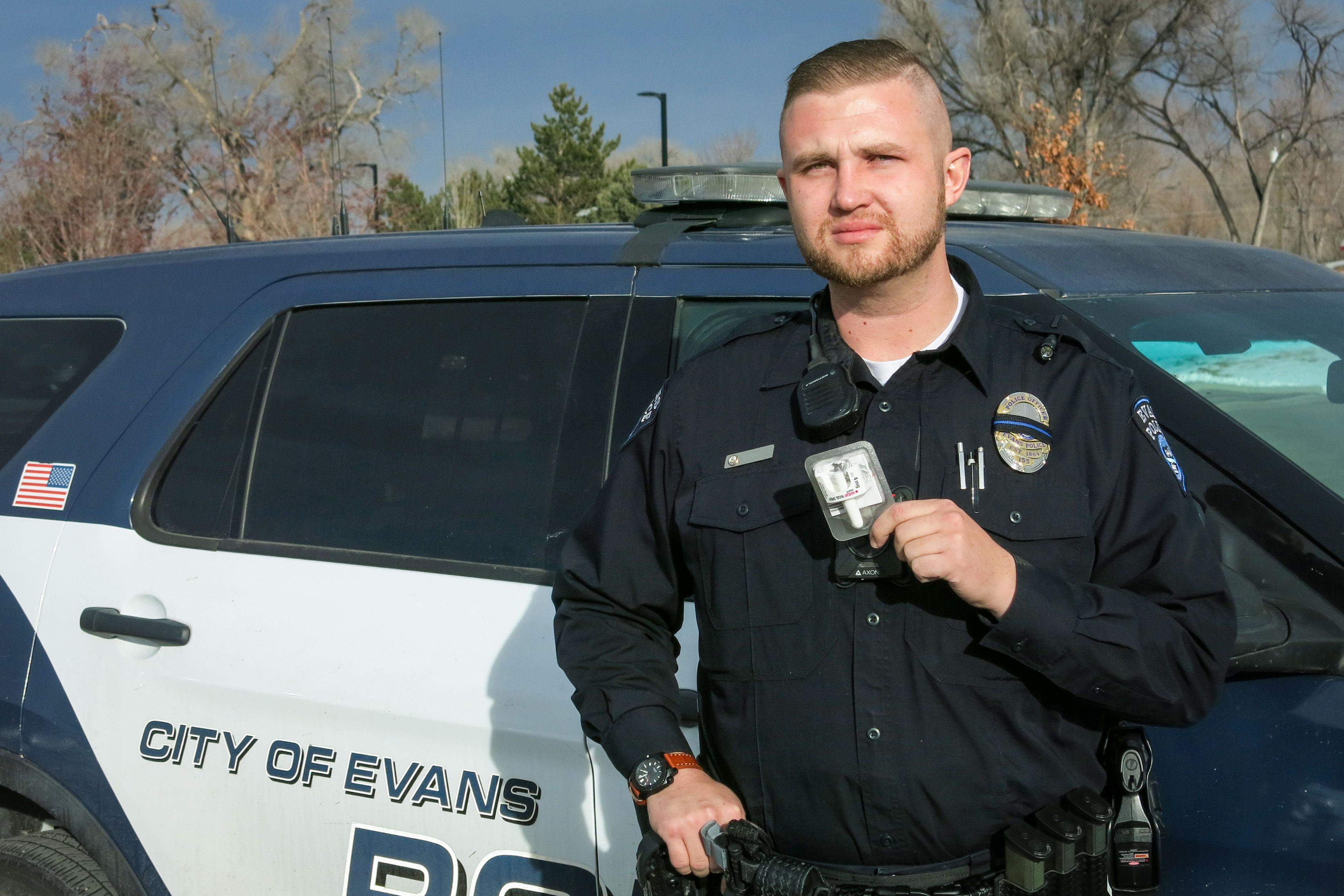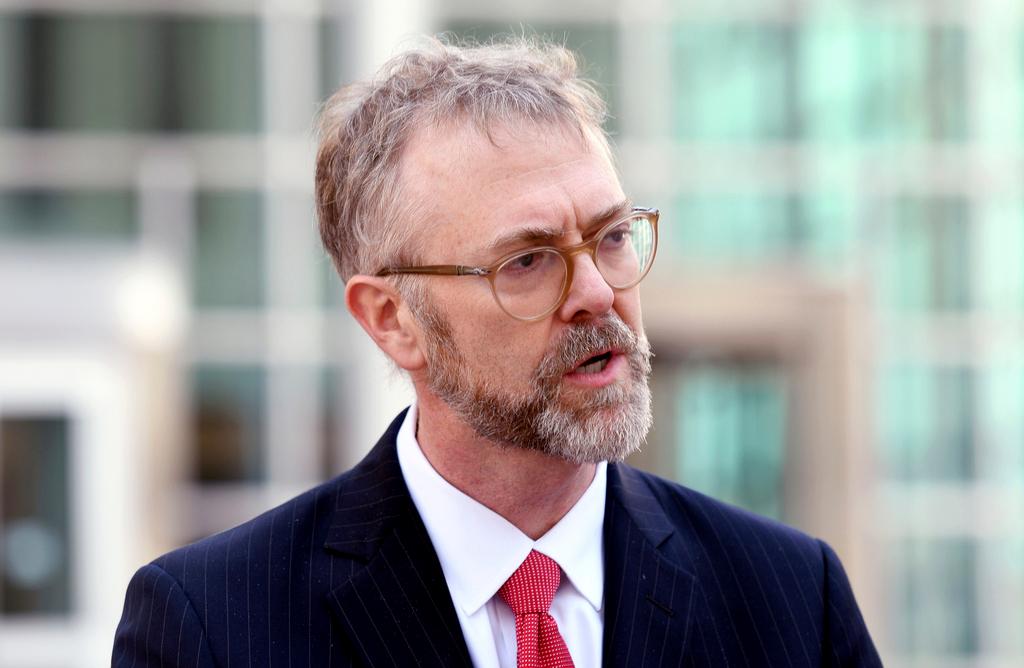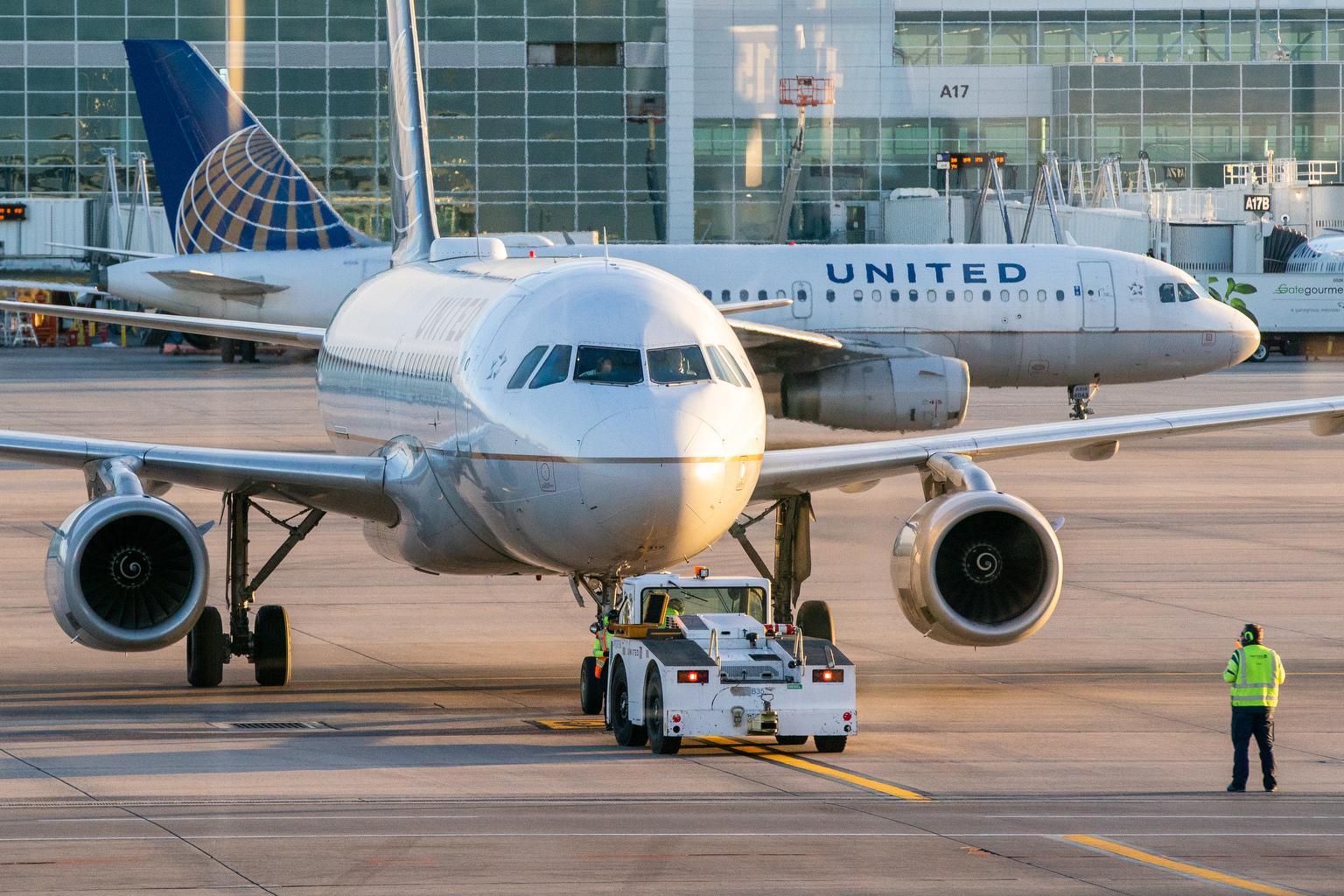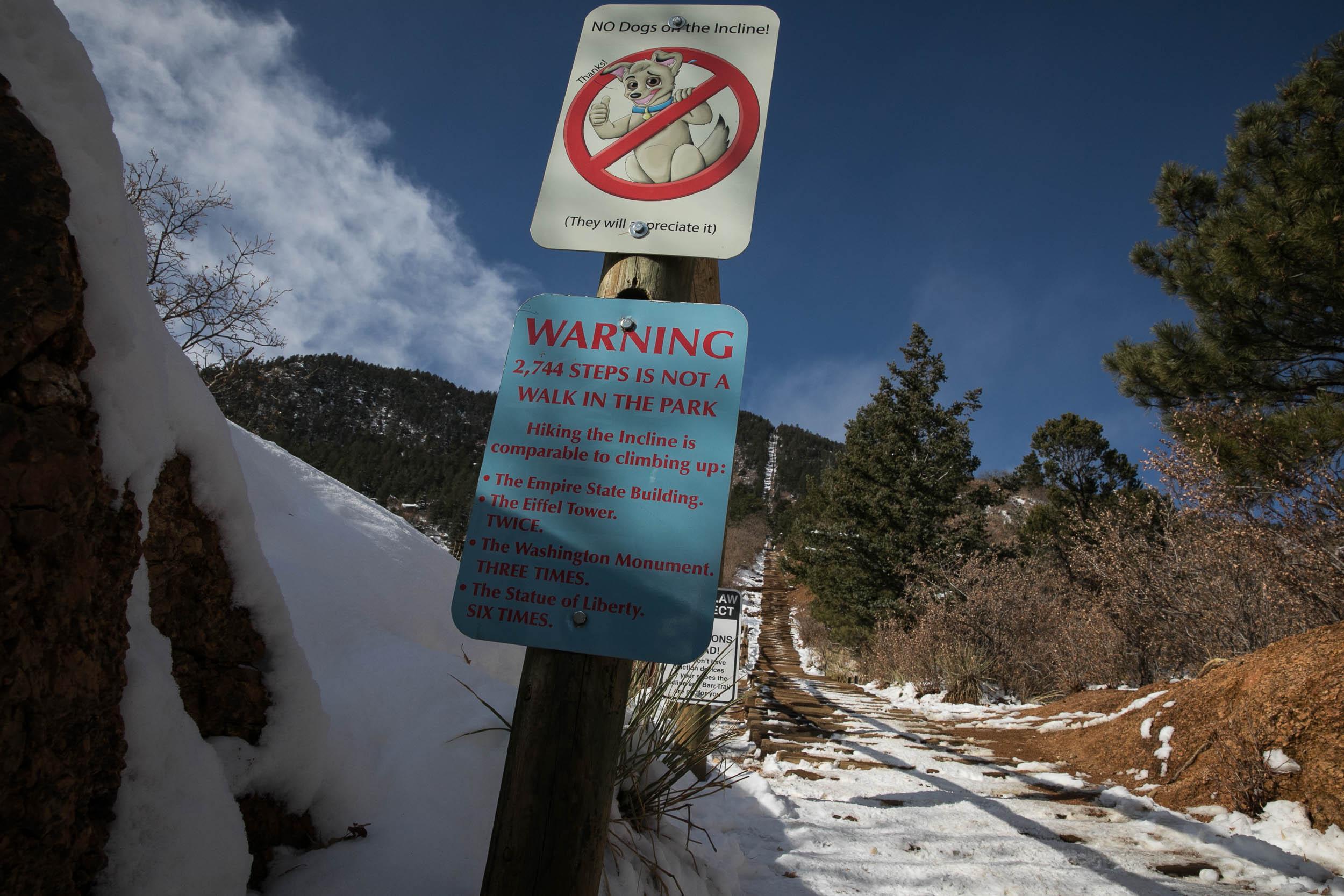

Police officer Grant Yount and his partner got a medical assist call in the town of Evans, south of Greeley, a few weeks back.
“We could see the gentleman in the driver’s seat of his car, his head was tilted back, he was foaming from his nose and his mouth,” Yount said. “My partner broke the window, we got in the car. You can see there were indicators of drug use, meth pipes and methamphetamine in the car.”
There were needles in the car too — a sign of heroin use.
Based on their experience, the man was overdosing. Once, they would have waited for paramedics to save him. But Evans police officers now carry the overdose reversal drug naloxone, also known by the brand name Narcan.
“I thank God we had Narcan that day,” Yount said. “That contributed to saving his life.”
Officer Yount’s story is becoming more common, thanks to a program called Naloxone for Life. It aims to get overdose drugs into the hands of police statewide. Since it was launched less than two years ago, officers have saved at least 320 people from an overdose death.
Narcan’s website explains how the drug works: It’s a prescription medicine used for the treatment of an opioid emergency, like an overdose, with signs of “breathing problems and severe sleepiness or not being able to respond.” The site says Narcan should be “given right away and does not take the place of emergency medical care.”

It all starts with training. At a recent session at the Riverside Library and Cultural Center in Evans, Chief Rick Brandt gives a primer on the opioid crisis and naloxone. “Overdose death rates are being driven by heroin and fentanyl,” Brandt told the assembled group.
Later, he handed out boxes of Narcan to officers from a range of police agencies, including the Weld County Sheriff’s department and state parks.
Brandt has been in law enforcement for 37 years. He now helps lead a program he never could have imagined when he first started.
“Not even on my radar not at all,” he said. “Yeah, it's amazing how things have changed.”
Police are on the front lines of the epidemic. Brandt said the “catastrophic death rate that we are experiencing” is something never before seen in the country.
“When drug overdose deaths rates are surpassing motor vehicle deaths every year that's pretty significant,” Brandt said. “We have a problem.”
Colorado’s epidemic continues to claim a record number of lives. In 2016, a total of 912 people in Colorado died from overdoses, according state health department data. Of those, 300 died from an opioid overdose. Heroin claimed another 228 lives. In comparison, more than 600 people died on Colorado’s roads in 2016.
For Brandt, officers armed with naloxone are one key to turning the tide. They’ve distributed 7,500 kits to officers statewide. They’ve gone out to 158 departments, well over half the state’s 237 sheriff, police and marshal’s agencies.
Each kit costs $75. Colorado Attorney General Cynthia Coffman’s office spent half a million dollars on the kits, using money from legal settlements with pharmaceutical companies.
Naloxone is “essentially the closest thing to a magical drug that's ever been invented,” said Dr. Josh Blum, a doctor at Denver Health who has been collaborating with Chief Brandt. “It can't be abused. It's a very clean drug. It has minimal side-effects. All it does is reverse an opioid overdose.”
Blum said the opioid crisis has been so daunting, it’s forced community leaders to work together in “unprecedented” ways. “This is the first time to my knowledge that the medical community really has to partner with law enforcement. We're making these partnerships and forging these relationship we never ever had,” he said. “You know, we lived in our world, they lived in theirs.”

The third member of this training trio is Lisa Raville, the executive director of the Harm Reduction Action Center. She said the increased use of naloxone can give people who overdose another chance.
“Dead drug users do not have the opportunity for recovery. We know we're in the midst of an overdose epidemic,” she said. “We know we can do better. We know naloxone gets us there.”
Not everyone sees it that way. Evans police Chief Rick Brandt knows some in law enforcement who balk at trying to save people they call “drug addicts.” But he said that first responders are there to help.
“That’s why I tell my officers, ‘don’t judge, save the life, and then you can judge later,’” he said. “But our job is to save human life.”
Duane Oakes, the head of the Colorado Association of Chiefs of Police, has seen little resistance. Oakes is also the chief in Alamosa and said police have saved eight lives in the San Luis Valley since the project started and he doesn’t “see any downsides to it.”
His department even keeps Narcan around the office, in case an officer in the field, or technician in the evidence room, gets an accidental exposure.
“I see it is a great tool to have. It's very easy to use, and very effective,” Oakes said.
The Evans police department has used Narcan to reverse overdoses half a dozen times in the last couple of years. That’s in a town of just 21,000. Chief Rick Brandt called it the “new normal,” and a simple testament to the magnitude of the problem.







